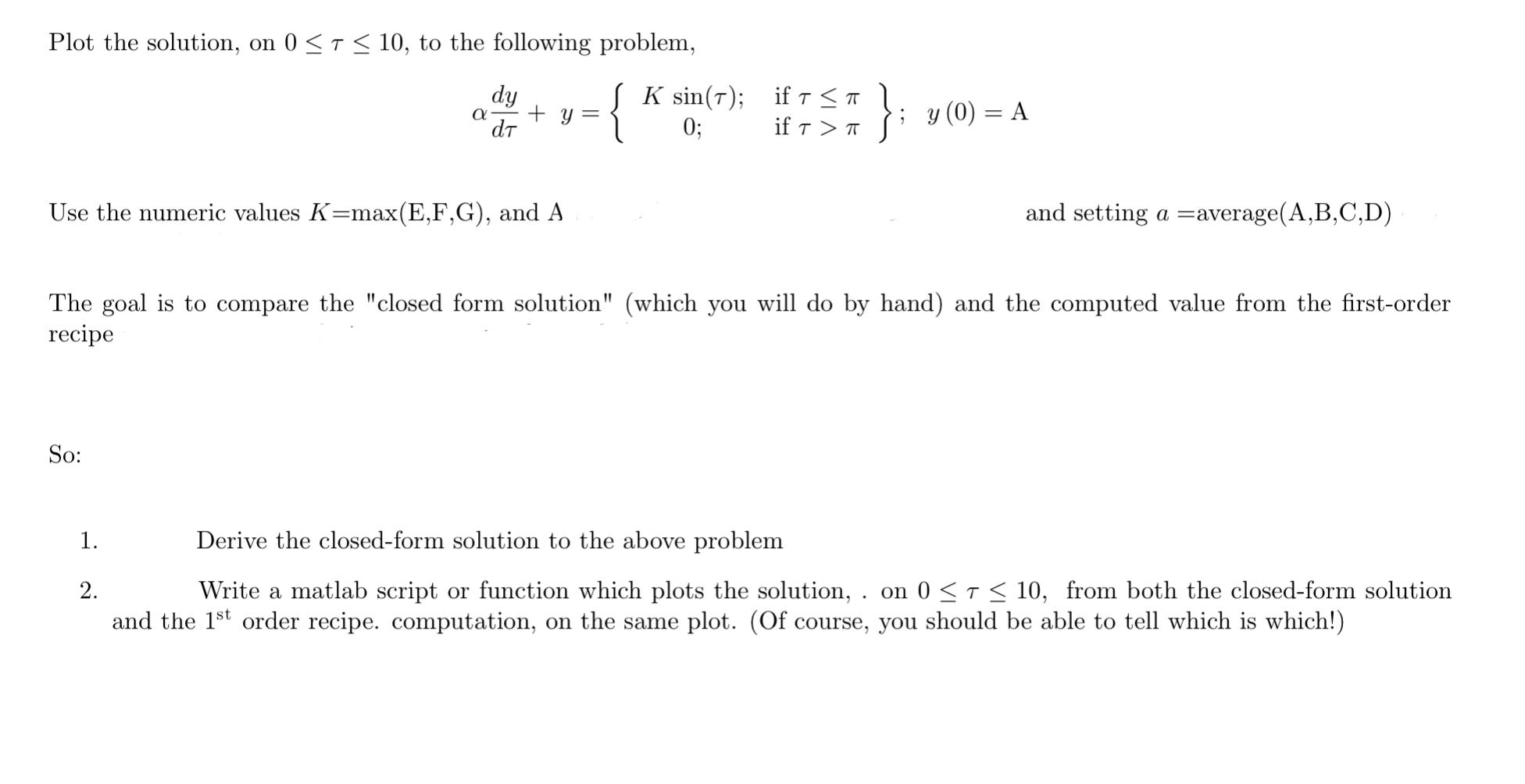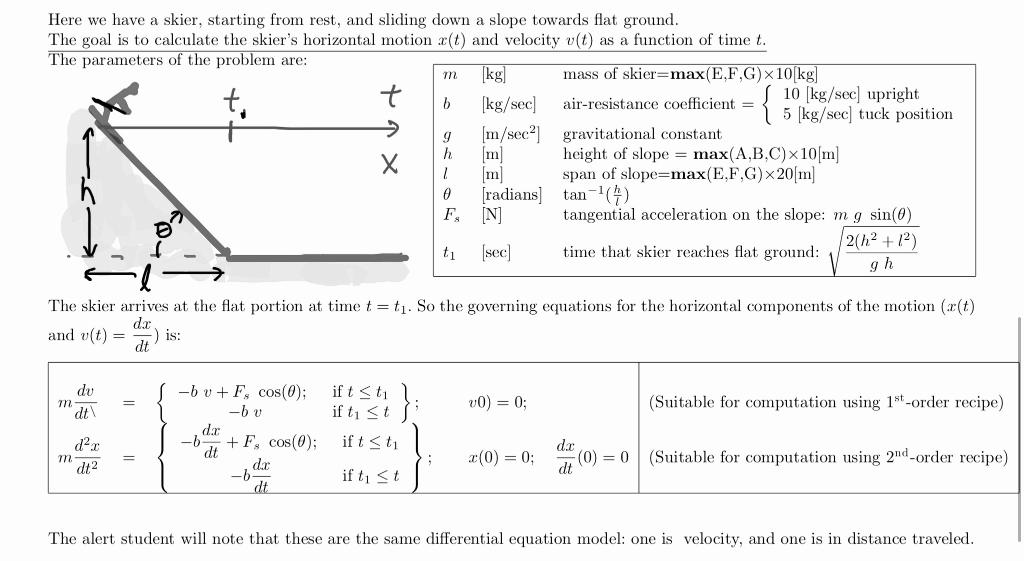Answered step by step
Verified Expert Solution
Question
1 Approved Answer
Plot the solution, on 010, to the following problem, ddy+y={Ksin();0;ifif>};y(0)=A Use the numeric values K=max(E,F,G), and A and setting a=average(A,B,C,D) The goal is to compare


Step by Step Solution
There are 3 Steps involved in it
Step: 1

Get Instant Access to Expert-Tailored Solutions
See step-by-step solutions with expert insights and AI powered tools for academic success
Step: 2

Step: 3

Ace Your Homework with AI
Get the answers you need in no time with our AI-driven, step-by-step assistance
Get Started


